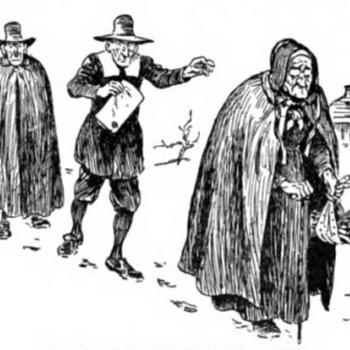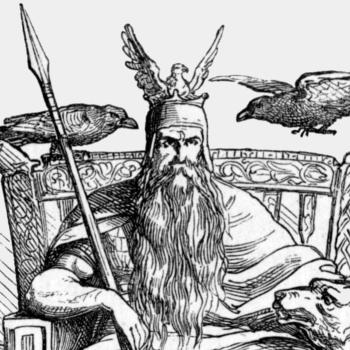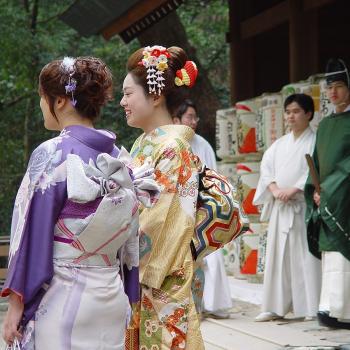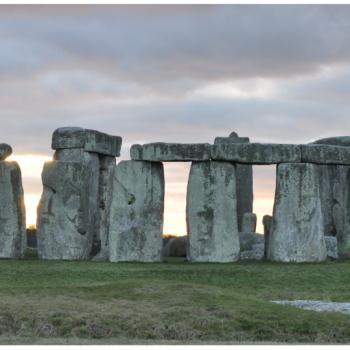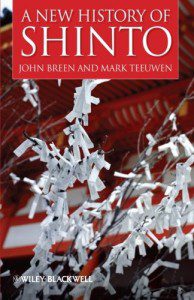 John Breen and Mark Teeuwen, A New History of Shinto
John Breen and Mark Teeuwen, A New History of Shinto
(Wiley-Blackwell, 2009)
This book does for Shinto what Ronald Hutton regularly does for Paganism and witchcraft: it re-examines common assumptions about Shinto and takes them apart, backed up with historical research. In particular, A New History of Shinto sets out to challenge the prevailing assumption that Shinto is an enduring set of beliefs, rituals and philosophies that have existed in Japan since ancient times, by taking the examples of a specific Shinto shrine, myth and ritual that have indeed shown considerable change through the ages.
The overarching message of A New History of Shinto is that Shinto has been shaped, and continues to be shaped, by politics. This is evidenced, for example, in the changing nature of the famous “rock cave” myth from the Kojiki and Nihonshoki, and the controversy surrounding the Emperor’s daijōsai rite of enthronment, in which he communes with the solar kami Amaterasu.
For me, the most fascinating sections were on the rock cave myth and the final chapter exposing the considerable power wielded by Jinja Honchō, a.k.a the Association of Shinto Shrines. This chapter in particular is an eye-opener and definitely recommended reading for those interested in the political complexity, and many controversies, surrounding Shinto.
I do not recommend A New History of Shinto for those reading about Shinto for the first time. This is not a comprehensive account of Shinto’s history, which beginners are probably looking for. It deliberately selects key aspects of Shinto history in order to analyse their particular development, rather than taking a broader view. Additionally, this book focuses mainly on what would usually be termed “shrine Shinto”; other forms of Shinto, such as the more folksy Shinto practised by ordinary people rather than the elite, is given little attention. Readers should also note that this can be a rather heavy-going book and it is a little dry at times; it is written primarily for an academic, rather than general, audience.
But for those who already know the basics of Shinto, and suspect that some commonly-held and oft-repeated beliefs about Shinto need to be questioned, will find A New History of Shinto well-researched, well-analysed and enlightening.



